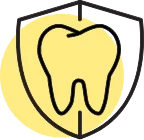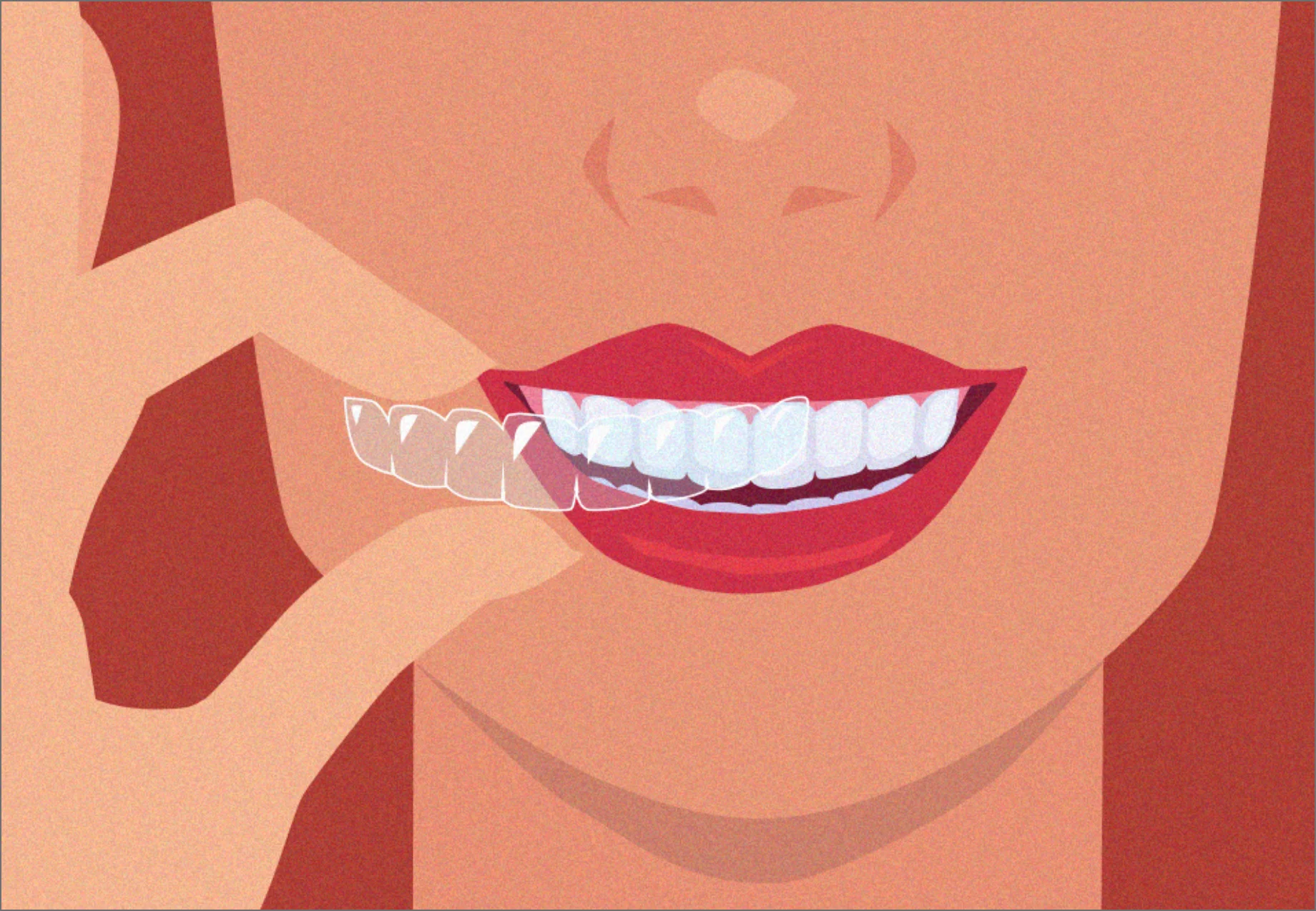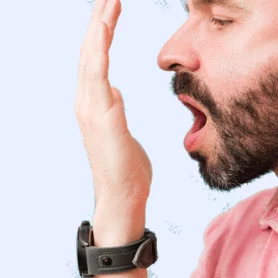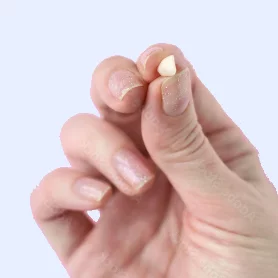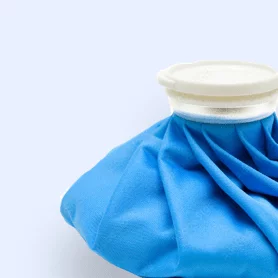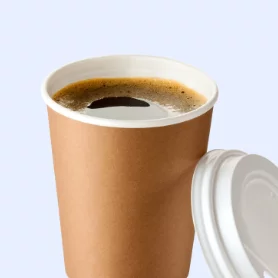How can we help?
The Benefits of Retainers
Retainers play a crucial role in maintaining the results of orthodontic treatment. They hold the teeth in their newly aligned positions to prevent teeth from shifting back.

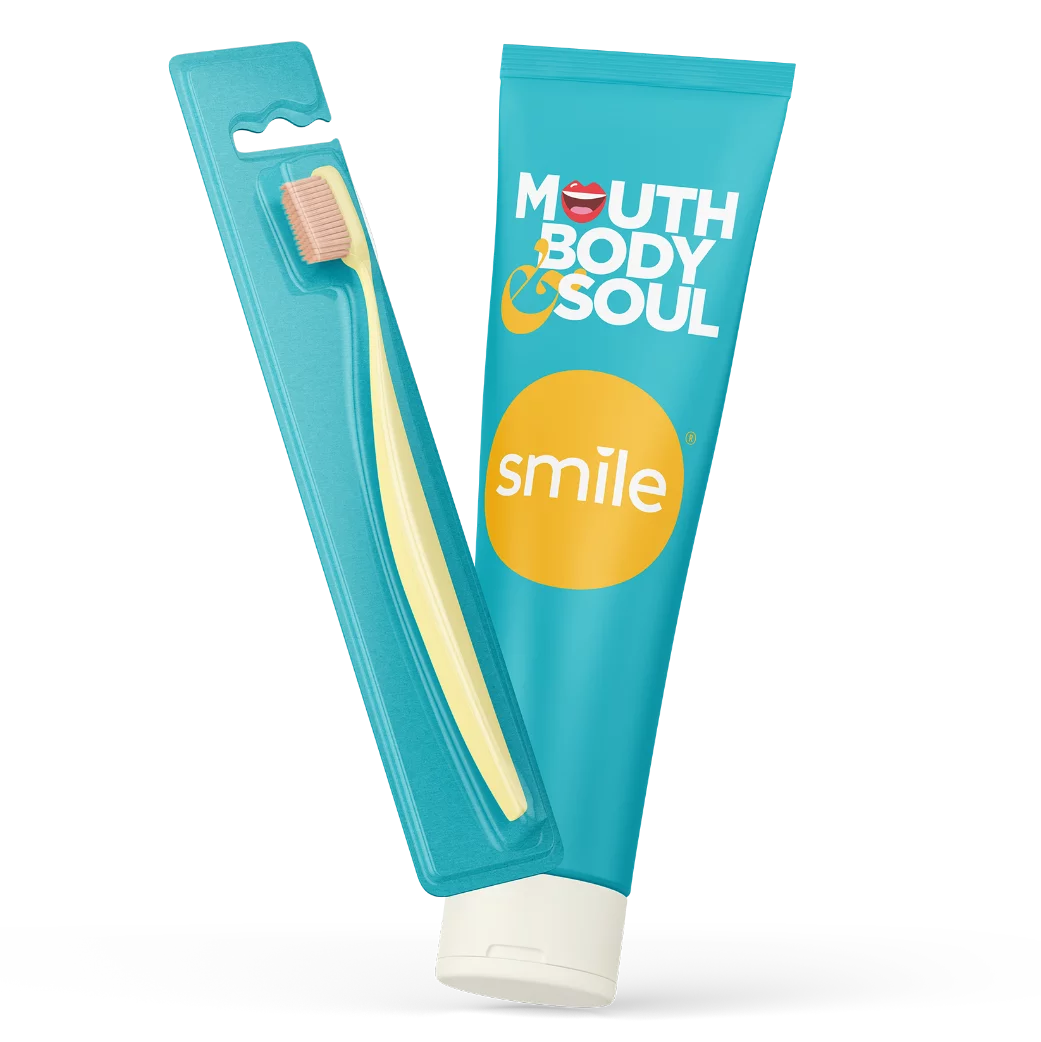
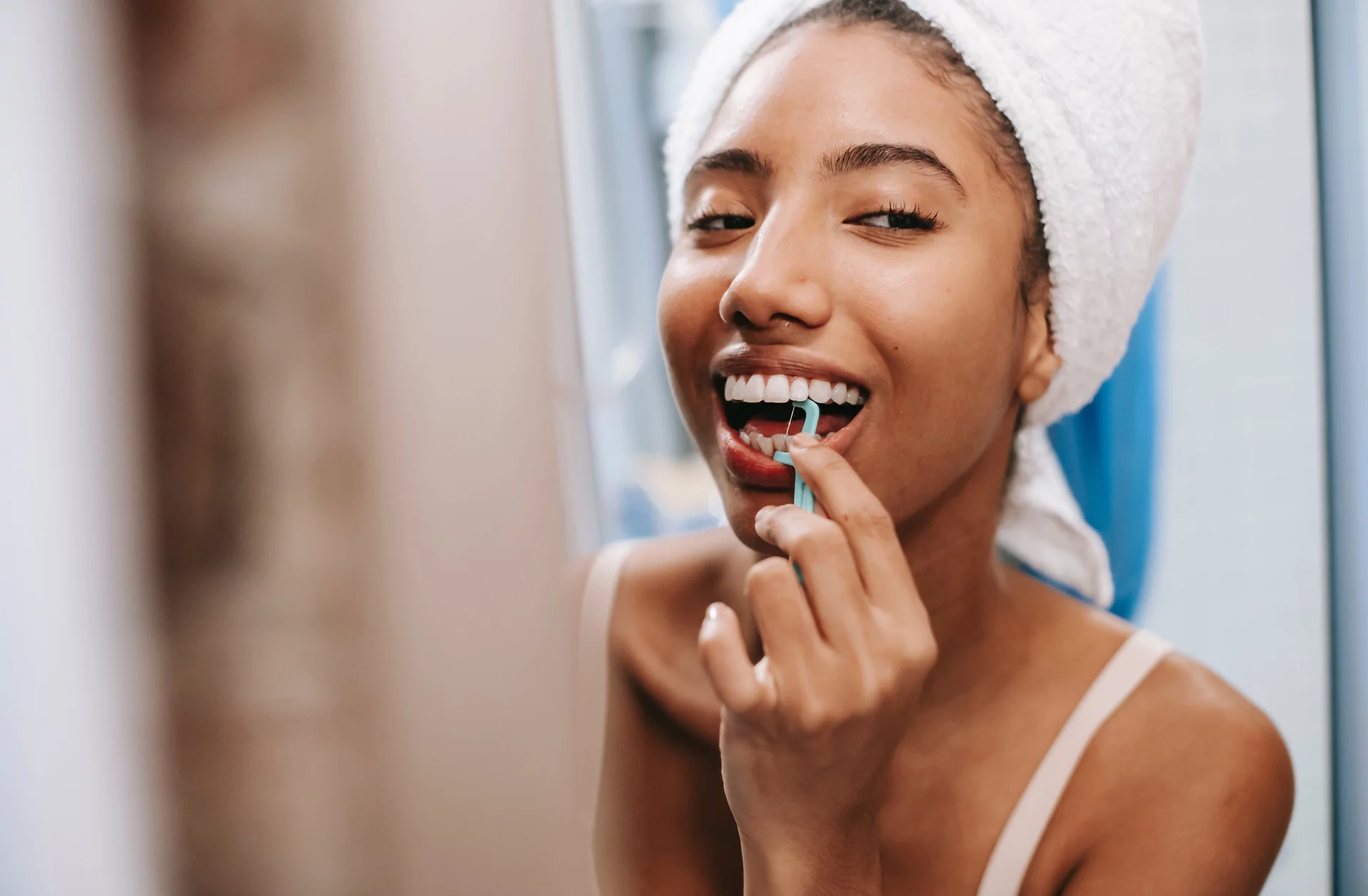
Book an Appointment Today
Without question, the safest and most effective path to achieving a healthier, happier smile is with the help of an experienced orthodontist. A Smile Generation-trusted dentist is here to help.
Got questions?
Have questions about retainers? We’re here to help.
Retainers help keep your teeth in their ideal positions after your orthodontic treatment ends. Your orthodontist may bond a thin wire to the back of your teeth to hold them in place. Or, they may recommend a removable retainer that you can put in and take out on your own. Removable retainers may be made of wire and plastic, or they may be clear trays that fit over your teeth.
No matter the type of retainer you have, you need to make sure you keep it clean, just as you do your teeth. Otherwise, debris can build up inside of your retainer and cause things such as bad breath. It also allows bacteria to form in the mouth, which can cause other dental issues.
Learn more in our blog article, "Should I Wear My Retainer & Do Retainers Hurt?"
When it comes to retainers, which must sometimes be worn for years, insurance is a wonderful method to transfer financial risk, and there’s a good chance you’ll need an expensive replacement retainer at some point in the future.
But how much does it cost to replace a retainer? The cost of replacing a retainer depends on several factors, including the type of retainer, your geographic location, and whether you have retainer insurance. Due to the high expense of a retainer without insurance, it is prudent to purchase retainer insurance from the start to avoid additional financial obligations in the future.
Learn more in our blog article, "Retainers FAQs."
If you wear a retainer, you must ensure it is cleaned just as you clean your teeth, especially if it is permanent or you are wearing a retainer at night. Proper oral hygiene means regularly cleaning your retainer so that it does not buildup harmful bacteria or lead to plaque buildup.
If you are unsure where to start, ask your orthodontist to recommend a mouth rinse and toothpaste. Like caring for your teeth, these are needed to clean your retainer. For instance, your orthodontist may tell you to brush your retainer with toothpaste before wearing it, particularly if you are going to wear it at night.
Learn more in our blog article, "Retainers FAQs."
For the first few days after getting a retainer, it’s typical for it to be uncomfortable, tight, or painful. Even if the soreness lasts for a week, it’s usually not a cause for concern. However, if retainer pain persists for longer than a week, you should see your orthodontist. A retainer should not cause you to have persistent, ongoing pain that makes it difficult for you to function normally regularly.
Learn more in our blog article, "Retainer Too Tight."
Related Posts
Sources
Cleveland Clinic. (n.d.). Teeth Retainer: Types, Uses, and Care. https://my.clevelandclinic.org/health/treatments/10899-teeth-retainer
Cleveland Clinic. (n.d.). Teeth Retainer: Types, Uses, and Care. https://my.clevelandclinic.org/health/treatments/10899-teeth-retainer




